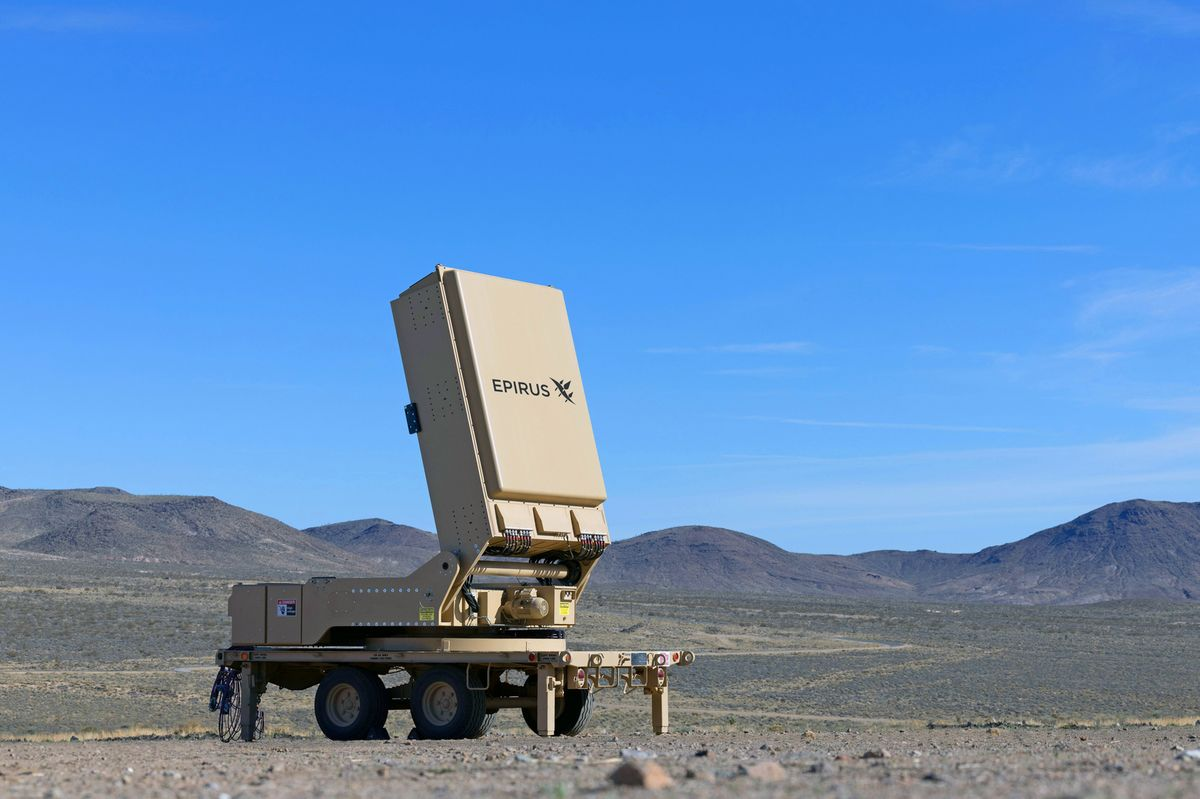In the future, the Patriot's radar can also kill drone swarms.
The high-power radio bursts. And microwave bursts are tools, that can destroy entire drone swarms. Those systems are the same radars that regular observation systems use. But their power is much higher. Microwaves can cause physical damage to the shell of incoming ammunition and drones.
Microwaves cause heat effects on metals. And that thing makes them more effective than radio waves. Radiowaves can have an EMP effect, but EMP is useless against dummy ammunition. But radio waves can also cause physical damage.
Crossing radio waves can create an electric arc between the target and incoming ammunition. They can also destroy dummy grenades and rocket salvos before they reach their target.
The EMP and radio-wave-based weapons. Along with lasers are also suitable for killer satellites. The thing is that. The high-power radio and microwave bursts can destroy other satellites' electronics. The problem with kinetic energy systems is that they form lots of debris. The EMP-based systems can keep the target satellite in one piece.
The radio-wave-based EMP systems can also turn satellite communication systems into weapons. And that protects the GPS and communication satellites against killer satellites. But it turns the satellite into a killer satellite that can destroy other satellites.
Those radio-burst weapons act in always similar way. They store energy in the capacitors. And then that high-power electric impulse will send to the transmitters. That can form the EMP pulse that destroys electronics. The other version is to load electricity to a satellite, and that electricity pulls plasma on its shell if its polarity is opposite to plasma.
Lasers will destroy incoming satellites and satellite-killers. Those systems were created to protect satellites against kinetic energy ASAT (Anti-Satellite) weapons. But the same systems can turn satellites into killer satellites that can destroy other satellites.
The weapon development is a race between an improved attacker and an improved defender. Those passive and active systems can protect tanks and other targets against incoming ammunition.
The best-known of those systems are reactive armor and the Israeli Trophy. The "Trophy" is like a tank-based CIWS (Close-In Weapon System) that shoots counter ammunition against incoming ammunition. Those systems are not effective against small-caliber kinetic-energy sabot ("Arrow") ammunition. That's why there are pressure-based systems under development that can turn those ammunition out from their direction.
This is why laboratories have developed microwave warheads that send high-power radio and microwaves against targeted tanks. Tanks can use similar systems against attackers. When the detector sees an incoming missile the counter-system starts to send microwaves against it.
The system should destroy the homing electronics of incoming missile and detonate its warhead. The AI-based systems create the neural network over the battlefield that shares information between actors. And the opposite is that the anti-radiation missiles can turn those radio links into targets. The CIWS can protect also radio links against those missiles. Otherwise, maser- and laser-based communication tools are harder to detect than regular radios. And ARM-missile requires precise knowledge of the target.
The purpose of that weapon is to knock out the tank's electronics. The reactive armor is the explosive bricks that cover the tank. The tandem warheads and rapid-shooting anti-tank cannons are effective against those armors. The reason why the legendary GAU-8 "Avenger" cannon is still effective is that it shoots so much ammunition against a target that it strips reactive armor.
There is also used cannon systems there rapidly fire small-calibre cannon to shoot the reactive armor off, and then the bigger gun shoots the grenade against the target. Again there are explosive, acoustic, and microwave-based systems whose purpose is to turn things like sabot ammunition out of their course. This is the reason why the next-generation tanks have more multipurpose systems like railguns and other things like laser weapons.
https://www.popularmechanics.com/military/navy-ships/a45617466/us-destroyer-downs-drones-cruise-missiles-over-red-sea/
https://www.popularmechanics.com/military/weapons/a45713388/us-army-new-drone-killer-leonidas/
https://en.wikipedia.org/wiki/Armour-piercing_discarding_sabot
https://en.wikipedia.org/wiki/Armour-piercing_fin-stabilized_discarding_sabot
https://en.wikipedia.org/wiki/GAU-8_Avenger
https://en.wikipedia.org/wiki/Trophy_(countermeasure)



No comments:
Post a Comment
Note: Only a member of this blog may post a comment.